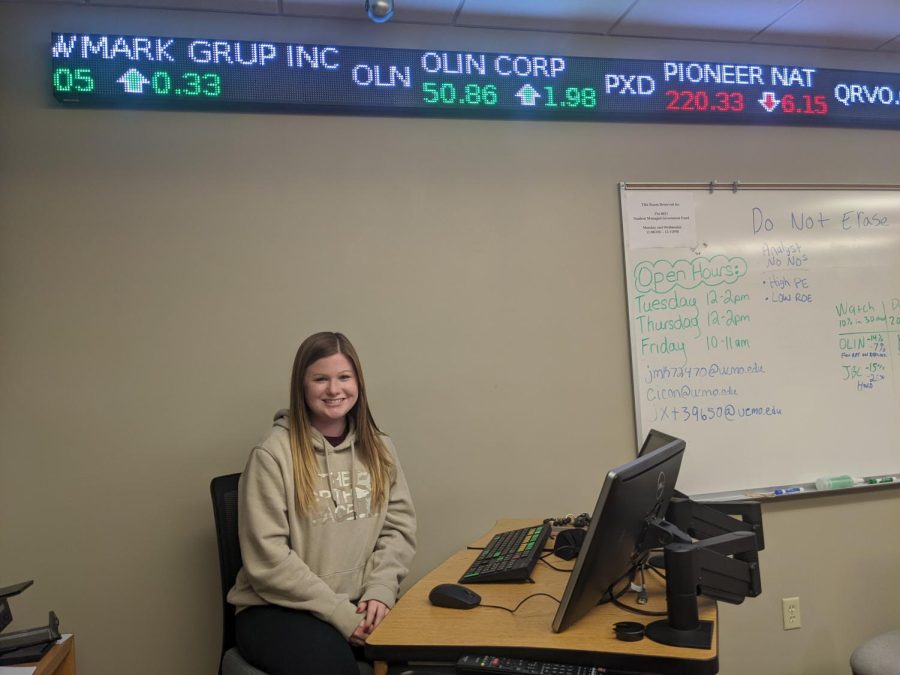By BERNARD CONDON
(NEW YORK, AP) – The Dow Jones industrial average closed above 15,000 for the first time on Tuesday, then held above that milestone for the next three days. But an index of small-company stocks has been putting the blue-chip gauge to shame. On Friday, the Russell 2000 closed the week up 2.2 percent, more than double the Dow’s gain.
Investors are in love with small stocks because they stand a greater chance of surging ahead than large, global companies do if the U.S. economy continues to fare better than Europe.
“GDP growth was 2.5 percent in the first quarter – not spectacular, but better than Europe,” said Joseph Tanious, global market strategist of J.P. Morgan Funds. “Europe is sucking wind.”
On Friday, the Dow, an index of 30 large-company stocks including global giants like IBM and Caterpillar, rose 35.87 points to close at 15,118.49 after flitting between gains and losses most of the day.
The Dow’s meager gain of 0.2 percent was trumped by the 0.9 percent advance in the Russell 2000. The small-company index rose 8.90 points to 975.16. Both indexes, as well as the Standard & Poor’s 500, closed at record highs. All three rose for a third straight week.
The sharp increase in small-company stocks is also a sign that investors are more willing to take on risk. Small stocks can offer investors greater returns, but they are also more volatile than large stocks.
Dow stocks were held back by falling commodity prices. Exxon Mobil, Caterpillar and Alcoa – Dow members whose fortunes are tied to the prices of crude oil and other basic materials – closed down 1 percent or more.
The price of commodities including crude oil and gold fell sharply as the dollar strengthened against other currencies, especially the Japanese yen. When the dollar rises against other currencies, it tends to weaken demand for commodities. Since commodities are priced in dollars, buyers using other currencies get less for their money when the dollar appreciates, and they respond by buying less.
Stocks have benefited from record-high corporate profits. Nearly all companies in the S&P 500 have reported first quarter earnings. The average net income for companies in the index is expected to rise 5 percent, according to S&P Capital IQ, a research firm.
“The talk at the end of April was company earnings are slowing” and investors might sell, said Gary Flam, who manages stock portfolios at Bel Air Investment Advisors. “But clearly that’s not been the case in the first ten days.”
The S&P rose every day since the beginning of the month until Thursday, when it fell six points. On Friday it closed up 7.03 points at 1,633.70, an increase of 0.4 percent.
Flam speculates that stocks are rising partly because investors have shifted from fear to greed.
“The last few years, risk was defined as losing money,” he said. “The last few months, it’s been defined as not making money.”
In another sign that investors were embracing risk, prices for ultra-safe U.S. government bonds fell, sending their yields higher. The yield on the benchmark 10-year Treasury note rose sharply, to 1.90 percent from 1.81 percent late Thursday.
The gains in the stock market were broad. Nine of the ten industry groups in the S&P 500 index were higher. Health care stocks rose the most, 1.1 percent.
The Nasdaq composite index was up 27.41 points, or 0.8 percent, to close at 3,436.58.
One dollar was worth 101.58 yen, more than the 100.54 yen it bought late Thursday. The yen has been weakening since last fall as the Bank of Japan floods the Japanese economy with cash in an effort to shake the country out of a two-decade slump.
Japanese stocks surged. A weaker yen is a boon to Japanese exporters of cars, electronics and other goods because they can charge cheaper prices in overseas markets. Tokyo’s benchmark Nikkei 225 index jumped 2.9 percent to close at 14,607, its highest level since January 2008.
Prices for crude oil and gold fell. Crude fell 35 cents to $96.04 a barrel in New York, a loss of 0.4 percent. Gold fell $32 to $1,436 an ounce, or 2.2 percent.
Categories:
U.S stocks rise for third week in a row
Written by Muleskinner Staff
May 10, 2013
0
More to Discover

